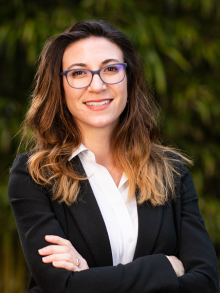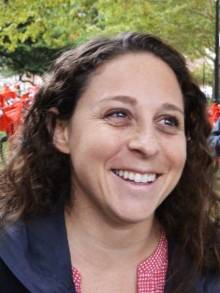AN ANALYSIS OF THE IMPACT OF A PHYSICAL EDUCATION PROGRAM ON SCHOOL CLIMATE
Client
NEW YORK CITY DEPARTMENT OF EDUCATION
Faculty
Erilia Wu and Eric Zhou
Team
Emily Finkelstein, Ziyi Gu, Michelle Henderson, Tara Merigan
Capstone Year
2022-2023



